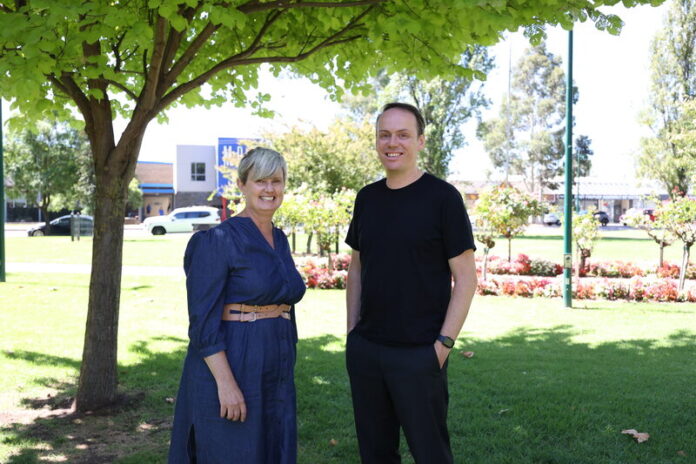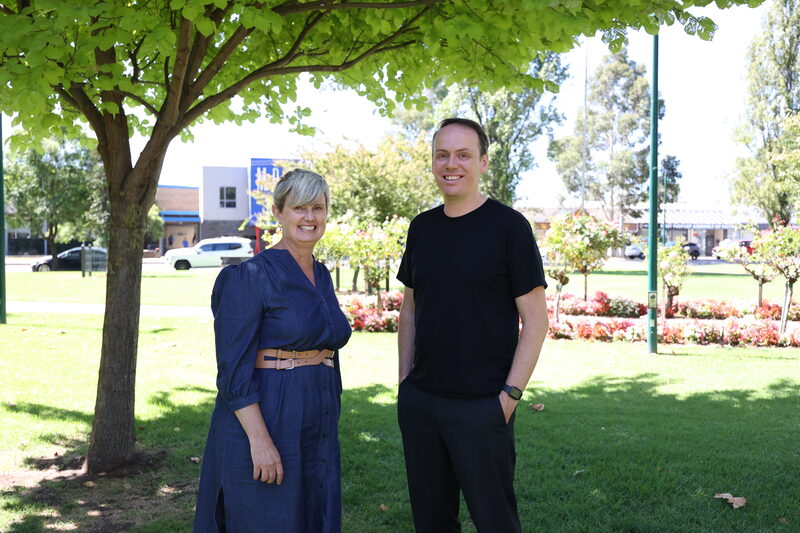
By Deanne Jeffers
COULD students hold the keys to some of the big questions impacting the availability of housing in Greater Shepparton?
Over the next semester, 24 Masters of Architecture students from the University of Melbourne’s School of Design will use Shepparton and the threats, challenges and opportunities facing housing supply as a case study as part of their coursework.
They visited the region on Monday, March 6, to see for themselves the types of residences and infrastructure in Shepparton, including hearing from bodies such as housing provider Beyond Housing and visiting flood-impacted areas to determine future strategies.
“Rather than designing in the abstract and talking about housing, we can come here and start to be really specific,” said Rory Hyde from the University of Melbourne.

“One of the things that our research quickly flushed out is that the large proportions somewhere between 75-80 percent of existing houses in Greater Shepp are three- and four-bedroom, suburban style homes.”
“That leaves a tiny proportion of one or two bedrooms for people with different needs and people on lower incomes.”
Rory said, “we’re trying to expand that different types and opportunities that are out there.”
It’s all been made possible through a partnership with the Committee for Greater Shepparton (C4GS).
C4GS CEO, Linda Nieuwenhuizen, said housing is a critical factor in attracting talent to the region.
“We run the community connector program. It’s supported about 500 professionals to relocate to Greater Shepparton in the last two years.
“From that what we’re discovering or what they’re sharing with us is they would prefer low maintenance accommodation in the centre of town and more along the lines of an apartment townhouse.”
“That was a real trigger for us to think, are we actually encouraging the right types of development in greater Shepparton and what sorts of development could we be looking at?” Linda said.
The student’s work will be assessed mid-year and then presented in the region.





